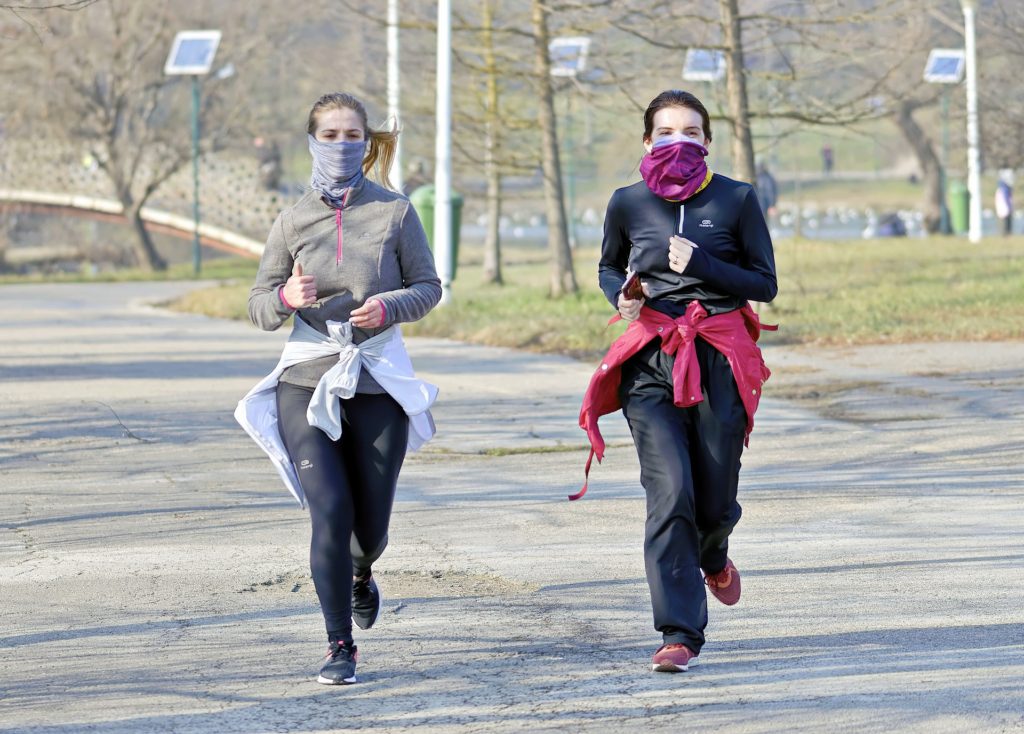
Public health officials across the country, however, reaffirm that yes, you should. The new guidelines for the novel coronavirus were issued by the Center for Disease Control and Prevention (CDC) this week. The circumstances surrounding the announcement are murky. Reports say the guidance was put together by the White House coronavirus task force, and that Dr. Anthony Fauci, the head of the National Institute of Allergy and Infectious Diseases (NIAID), was not aware of the changes.
Dr. Fauci spoke with CNN’s Dr. Sanjay Gupta after the revised guidelines had been released. “I was under general anesthesia in the operating room and was not part of any discussion or deliberation regarding the new testing recommendations” Fauci said.”I am concerned about the interpretation of these recommendations and worried it will give people the incorrect assumption that asymptomatic spread is not of great concern. In fact, it is.”
The new guidelines state that if you have been in close contact (within 6 feet) of a person with a COVID-19 infection for at least 15 minutes but do not have symptoms, you do not necessarily need a test unless you are a vulnerable individual or your health care provider or state or local public health officials recommend you take one. Further, the CDC guidance notes that a negative test does not mean you will not develop an infection from the close contact or contract an infection at a later time, that you should monitor yourself for symptoms and if you develop symptoms, you should evaluate yourself and that you should strictly adhere to CDC mitigation protocols, especially if you are interacting with a vulnerable individual.
The new advice specifically states that if you do not have COVID-19 symptoms and have not been in close contact with someone who is known to have a COVID-19 infection you do not need a test. The CDC cautions however that if you decide to be tested, you should self-isolate at home until your test results are known, and then adhere to your health care provider’s advice.
The revised guidelines also addresses public places. The CDC website notes that if you are in a high COVID-19 transmission area and have attended a public or private gathering of more than 10 people (without widespread mask-wearing or physical distancing), you do not necessarily need a test unless you are a vulnerable individual or your health care provider or State or local public health officials recommend you take one. You should strictly adhere to CDC mitigation protocols, especially if you are interacting with a vulnerable individual.
While the White House seems to not be concerned with ensuring Americans that may have come into contact with the virus get tested, it also announced today that it has purchased 150-million rapid tests to diagnose the condition. There are currently 5.8-million cases of COVID-19 in the U.S. and there have been more than 178,000 deaths according to government data. The CDC is still advising Americans to social distance, wear a mask when social distancing is not possible, avoid crowds, avoid indoor crowded spaces, and wash/sanitize hands frequently. The CDC forecasts that more than 200,000 people will lose their lives due to COVID-19 in the next three weeks, which would take the death rate to almost 400,000.
Meanwhile, a team of researchers published a paper this week that states that 6-feet distancing requirements may not be far enough to protect people from transmitting the virus. The new research notes that the ‘6-foot rule’ is outdated. “The study of how droplets are emitted during speech or more forcefully when coughing or sneezing began in the 19th century. In 1897, Flugge [a scientist] proposed a 1-2 m safe distance based on the distance over which sampled visible droplets contained pathogens. Yet eight of the 10 studies in a recent systematic review showed horizontal projection of respiratory droplets beyond 2m.”
The research undertaken by Oxford University academics concludes that social distancing recommendations should be revised. “Instead of single, fixed physical distance rules, we propose graded recommendations that better reflect the multiple factors that combine to determine risk. This would provide greater protection in the highest risk settings but also greater freedom in lower-risk settings, potentially enabling a return towards normality in some aspects of social and economic life.”
